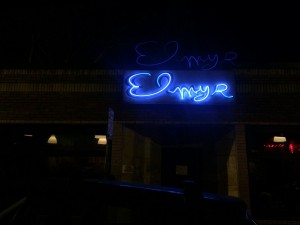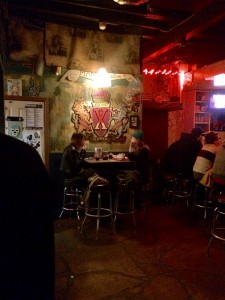Bibliographic Annotation #6: Atlanta Transit Funding Bill Passes
Sigo, Shelly. “Atlanta Transit Funding Bill Passes.” Bond Buyer 1.34484 (2016): 24. Business Source Complete. Web. 19 Apr. 2016.
This article, in relation to the other articles, is the most intriguing but yet concise article. It is very short and sweet and just mentions that recently Atlanta passed a bill for a proposed 8 billion dollar MARTA expansion. It will significantly expand MARTA inclusive of almost all areas on the beltline and will forever unite a vast majority of areas throughout the system. The draft plan is due in shortly and will be voted on against the Atlanta Council. This is clear evidence of a positive of built environment architectural advancement. Many of articles, dated prior to this one, reveal issues and necessities with our Public Transit System. This article is almost “the prize” that the hard work and tirelessly nights of dedicated few were able to bring into fruition. Most importantly, MARTA’s Chairman’s and current CEO, Keith Mack. I think the only negative/weakness to this article is that we are unable to see any sort of outline/proposed plan; simply due to the fact that it is such a recent article. As mentioned before, this will tie greatly into my other annotations, because I will be able to show the improvement and hope that we have in our progression of creating a better transit system.
Bibliographic Annotation #7: Why Marta Ain’t Smarta
Monroe, Doug. “Why Marta Ain’t Smarta. “Atlanta 42.2 (2002): 216. MasterFILE Elite, Web. 19 Apr, 2016.
This article is a first-hand experience a MARTA user experienced and the reasons why they would not transport via MARTA ever again. Also, he explains the reasoning behind Marta’s failures and some advice from board of directors on what it needs to do to succeed. My personal favorite is when he calls out the majority of MARTA users as “out of sales tax area cheapskates”. This is a close-minded idea/concept where he generalized all uses into a single category without even looking into the deeper picture. In my eye, this brings a lack of validity to this article. Mr. Monroe simply speaks his peace of mind throughout the entire article and only is focused on his own experiences. It is a very short-sided view point, and many of his references in the article might lead someone to believe that he has some form of bigotry in him. I would say this is relevant to my research though, since it gives you a first-hand user experience from early 2000’s. A time period that we know MARTA was struggling and helps us to at least see more areas where they can definitely improve. The relationship to my other sources shown here is the negative light that MARTA shined throughout the early 2000’s. No one enjoyed taking the train and someone people even vowed to never do so again.



